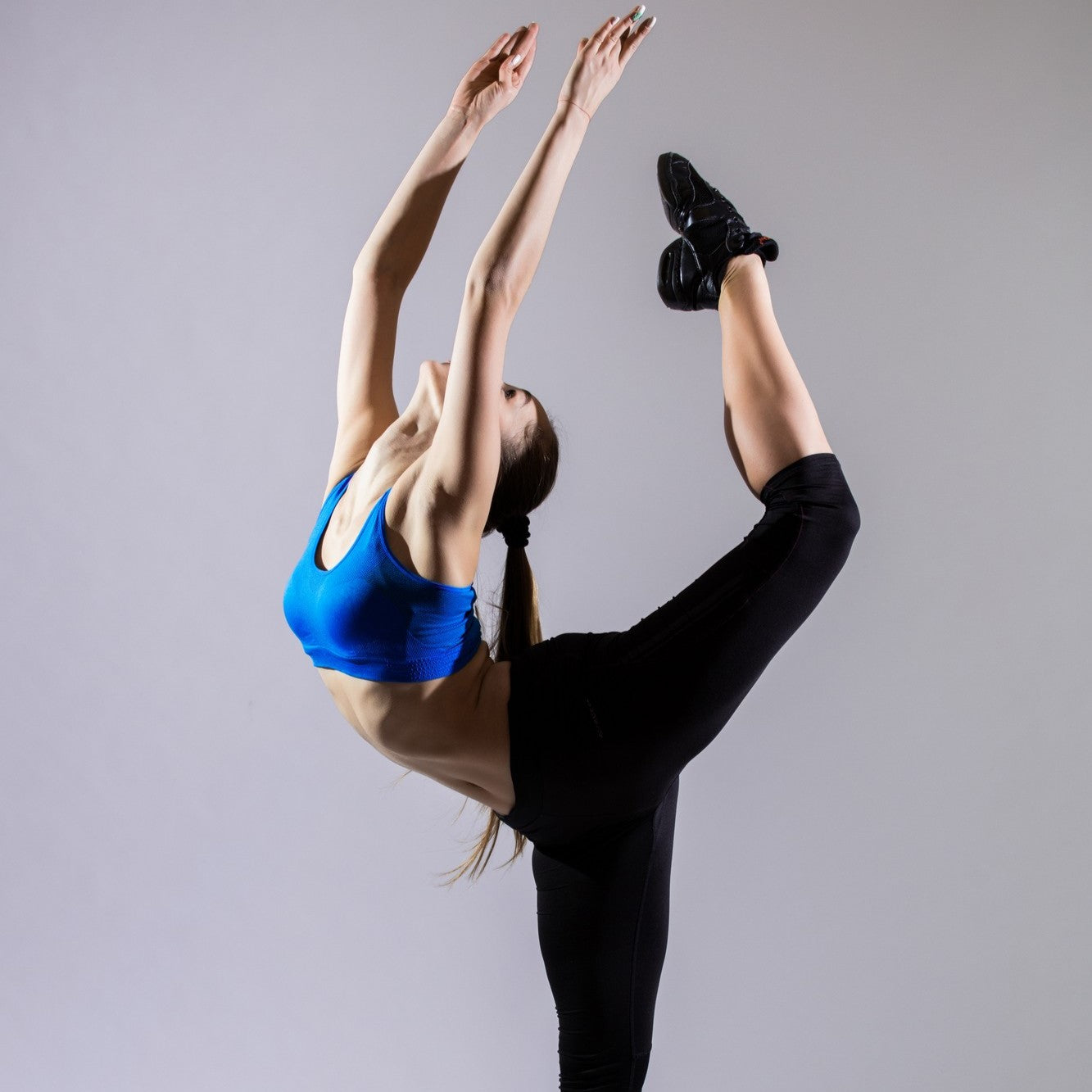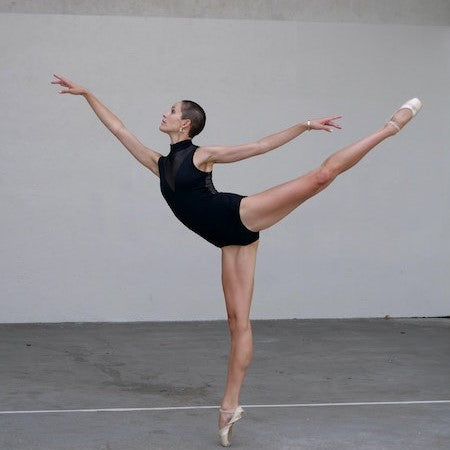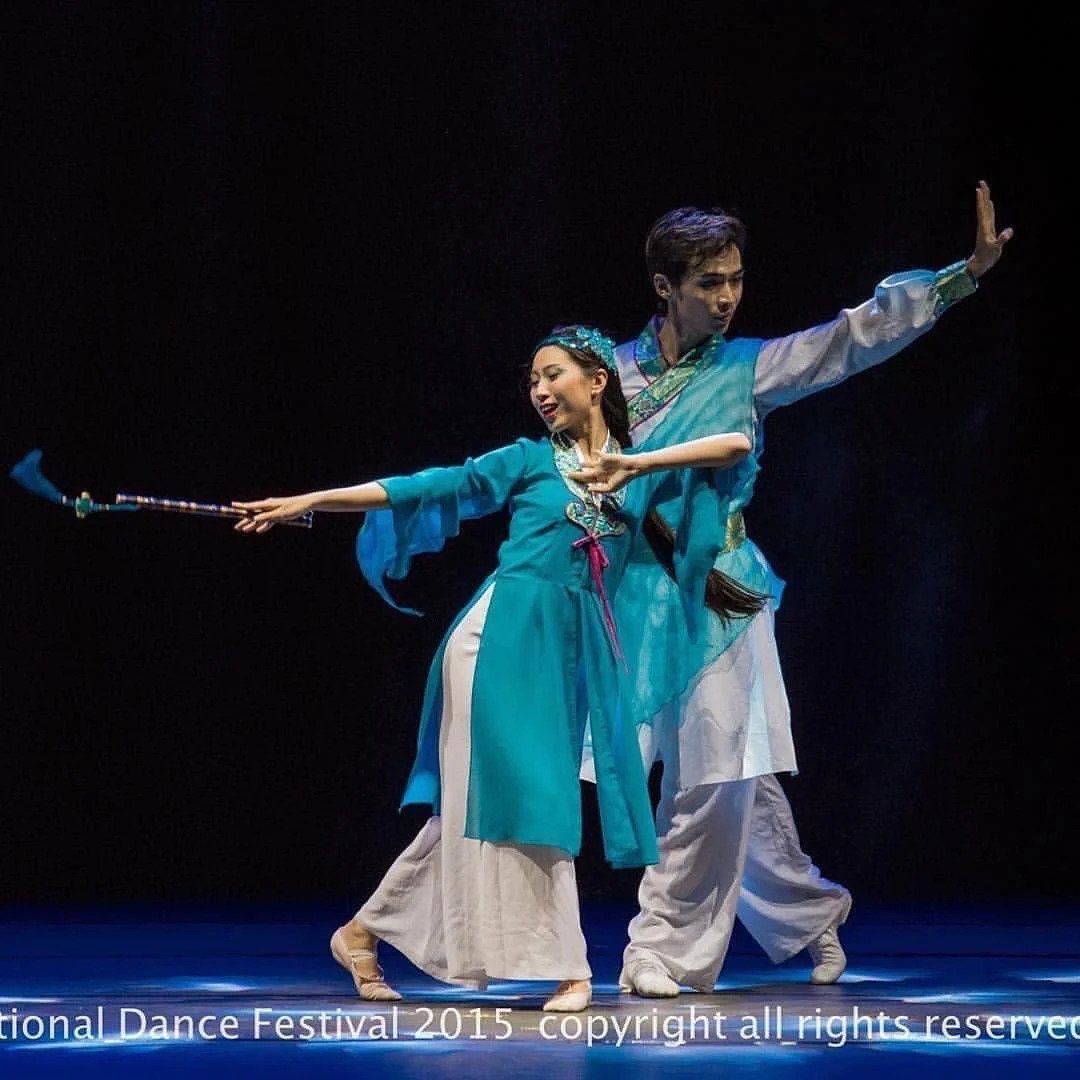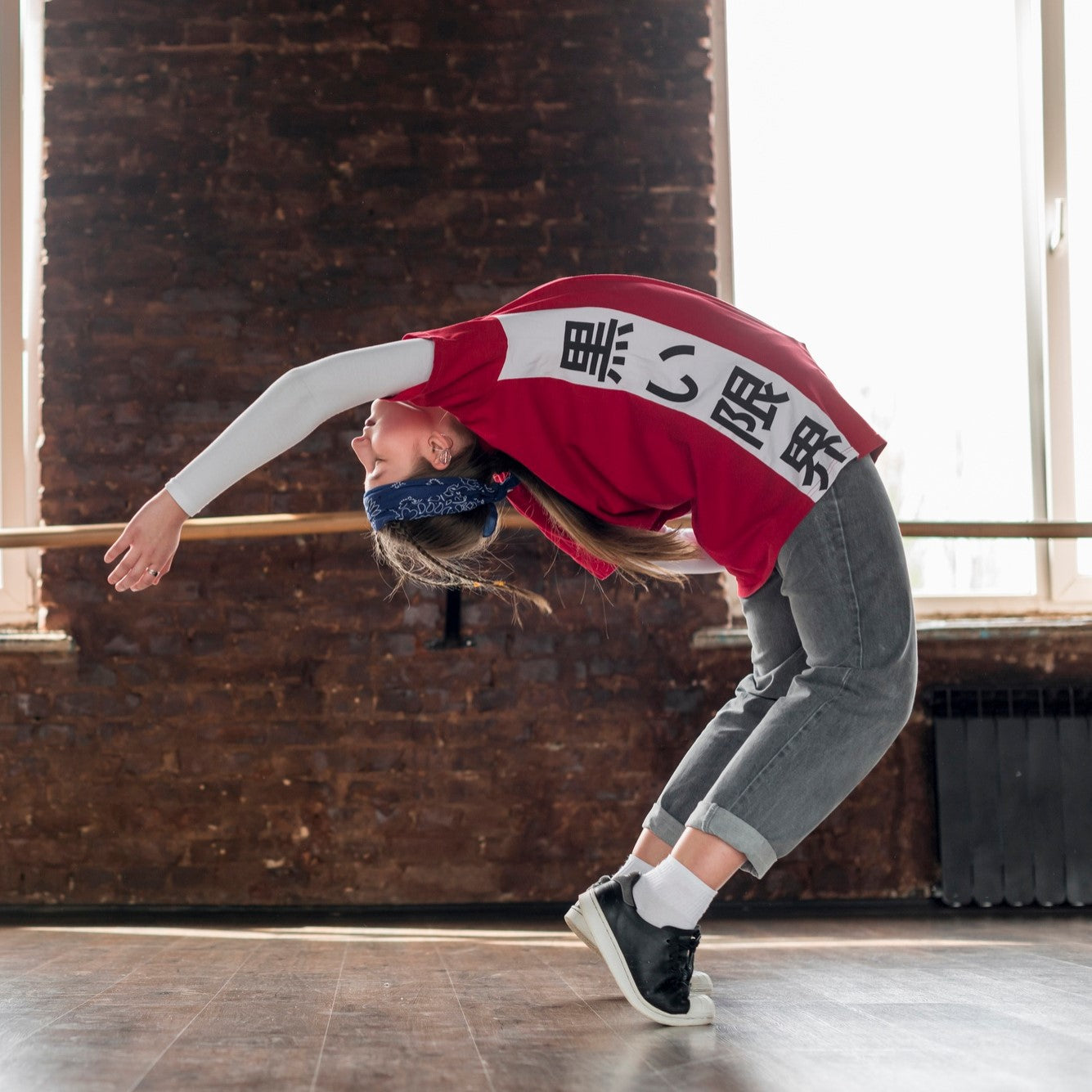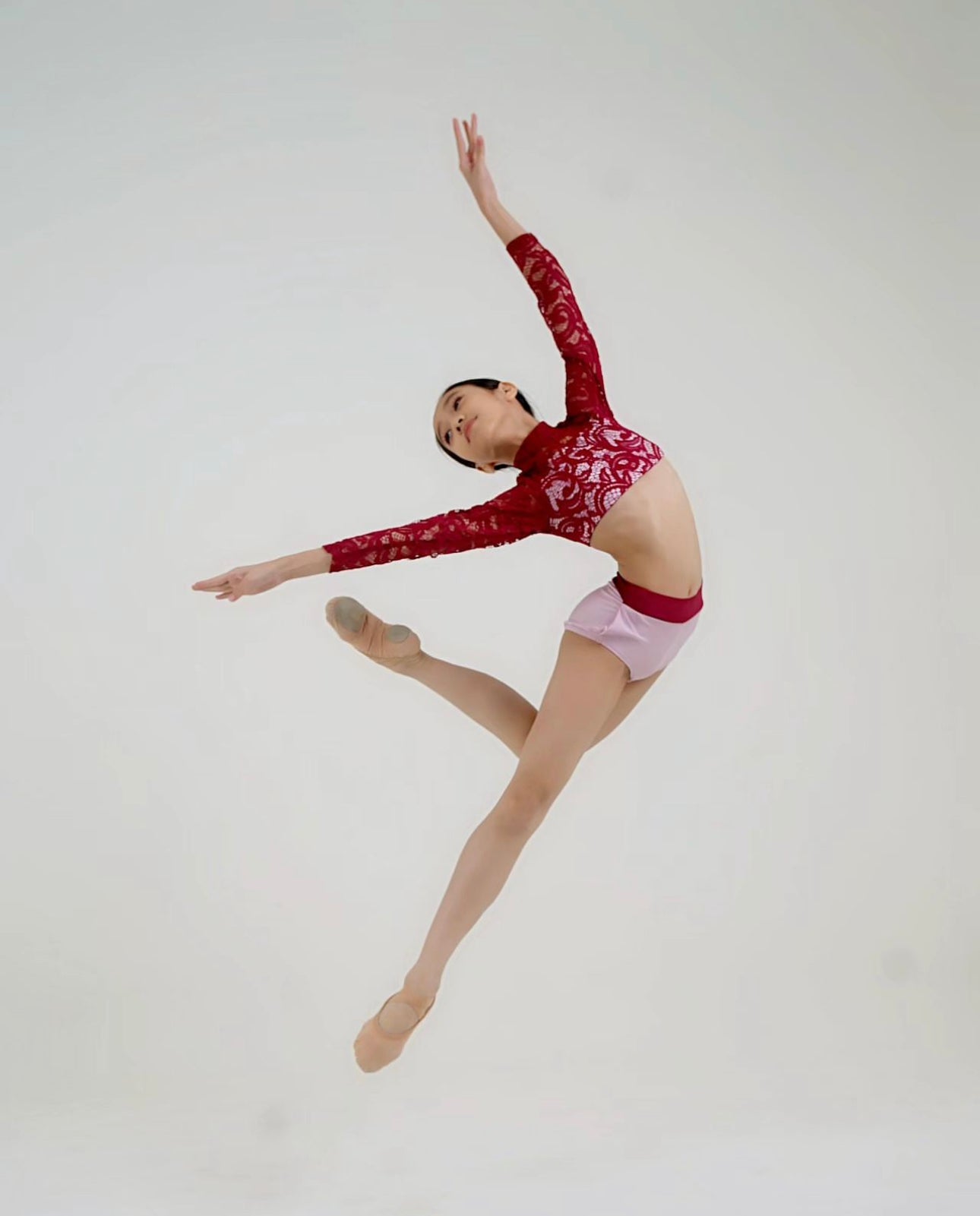Customer Service +65 8044 8419
Popular Products
Shatterproof Framed Mirror on Wheels
- From $659.00
$0.00- From $659.00
- Unit price
- / per
Shatterproof Frameless Mirror on Wheels
- From $729.00
$0.00- From $729.00
- Unit price
- / per
Shatterproof Frameless Hung On Wall Mirror
- From $539.00
$0.00- From $539.00
- Unit price
- / per
Popular Products
Shatterproof Framed Mirror on Wheels
- From $659.00
$0.00- From $659.00
- Unit price
- / per
Shatterproof Frameless Mirror on Wheels
- From $729.00
$0.00- From $729.00
- Unit price
- / per
Shatterproof Frameless Hung On Wall Mirror
- From $539.00
$0.00- From $539.00
- Unit price
- / per
-
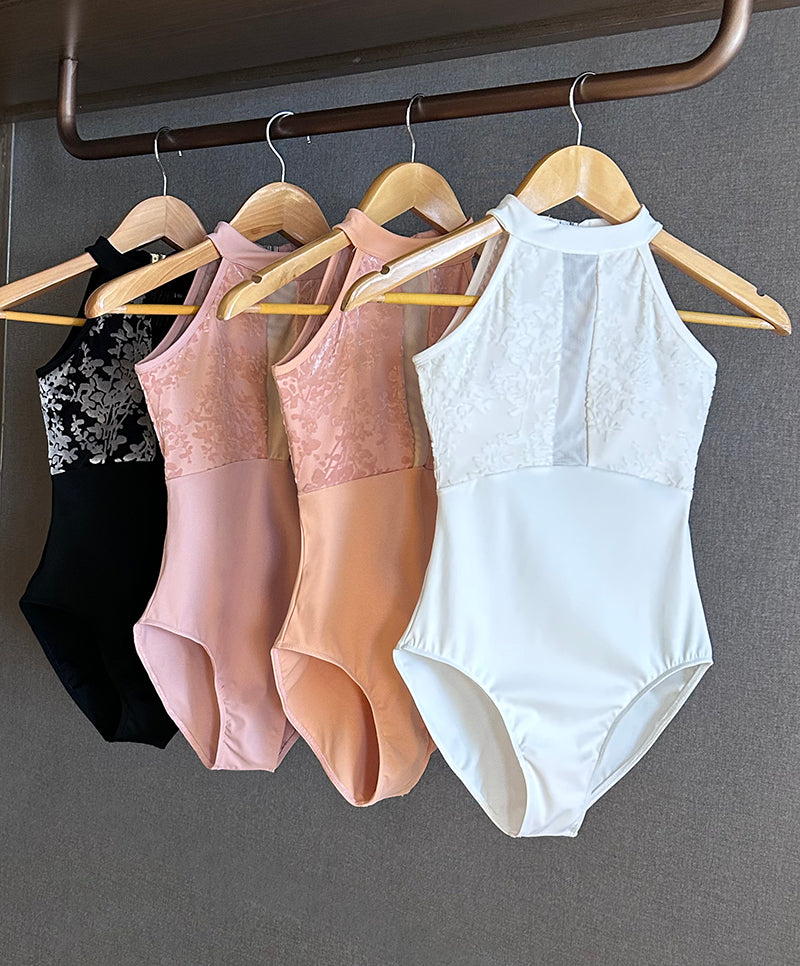 Dancewear
Dancewear
- Dancewear
- Go to Dancewear
-
 Collections
Collections
- Collections
- Go to Collections
-
 New
New
-
 All
All
-
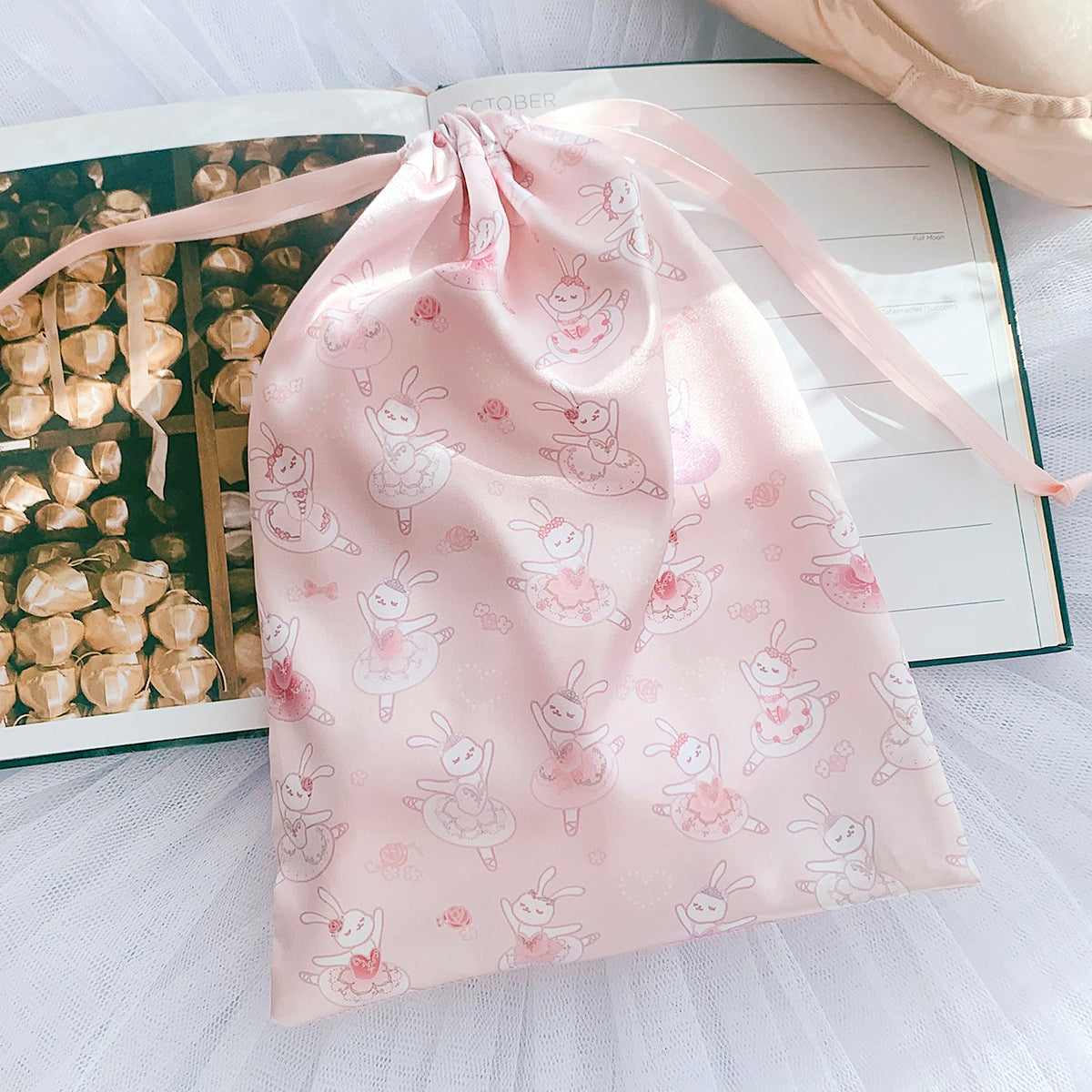 Gifts
Gifts
-
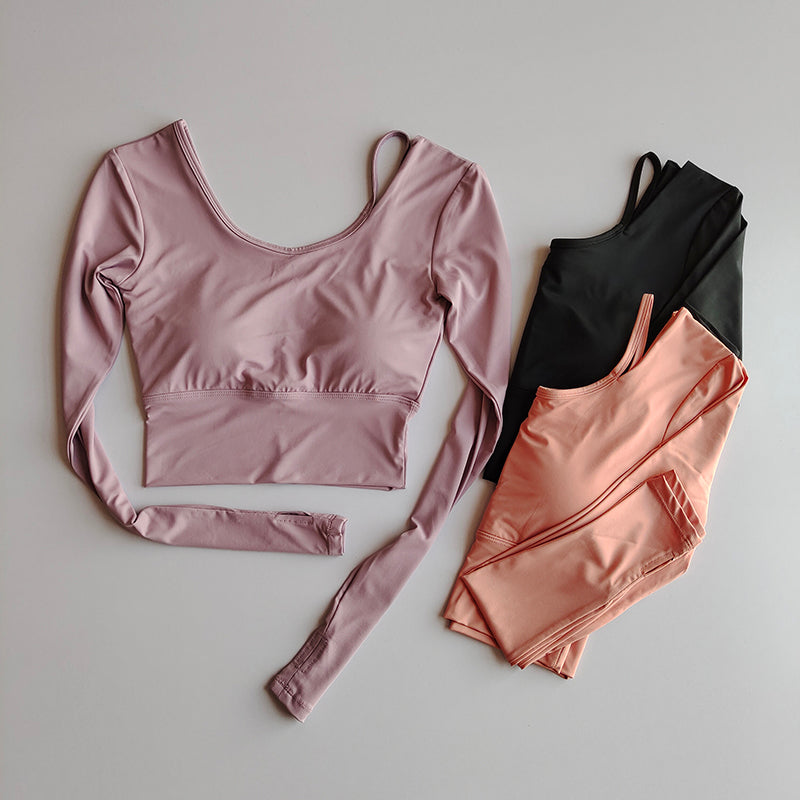 Tops
Tops
-
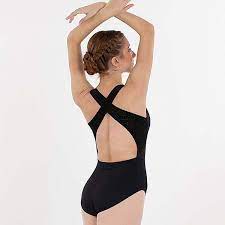 Leotards
Leotards
- Leotards
- Go to Leotards
-
 Leotards
Leotards
- Unitards
-
 Bottoms
Bottoms
-
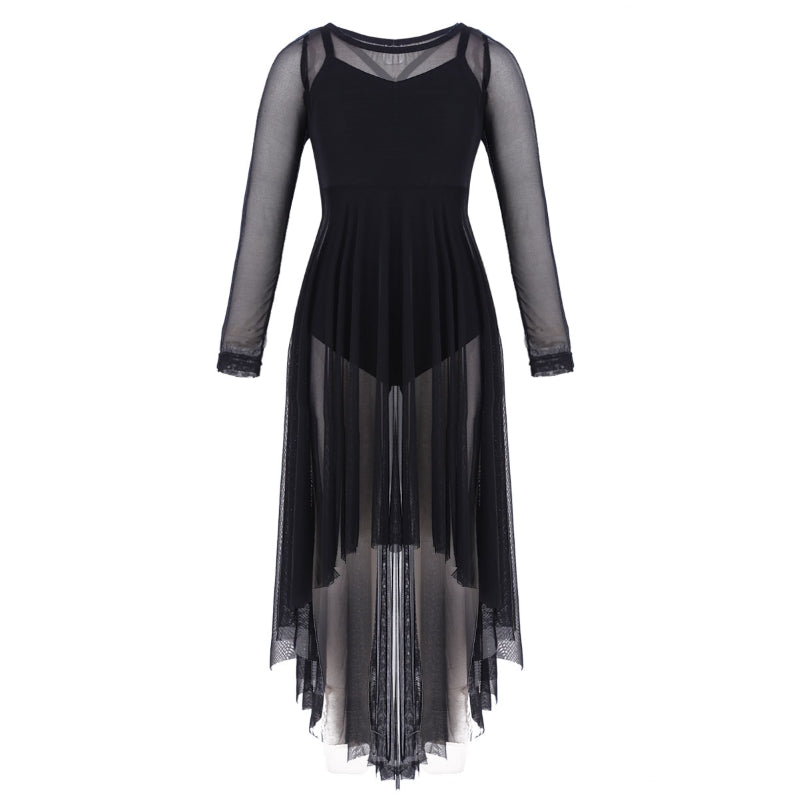 Dresses
Dresses
- Dresses
- Go to Dresses
-
 Dresses
Dresses
-
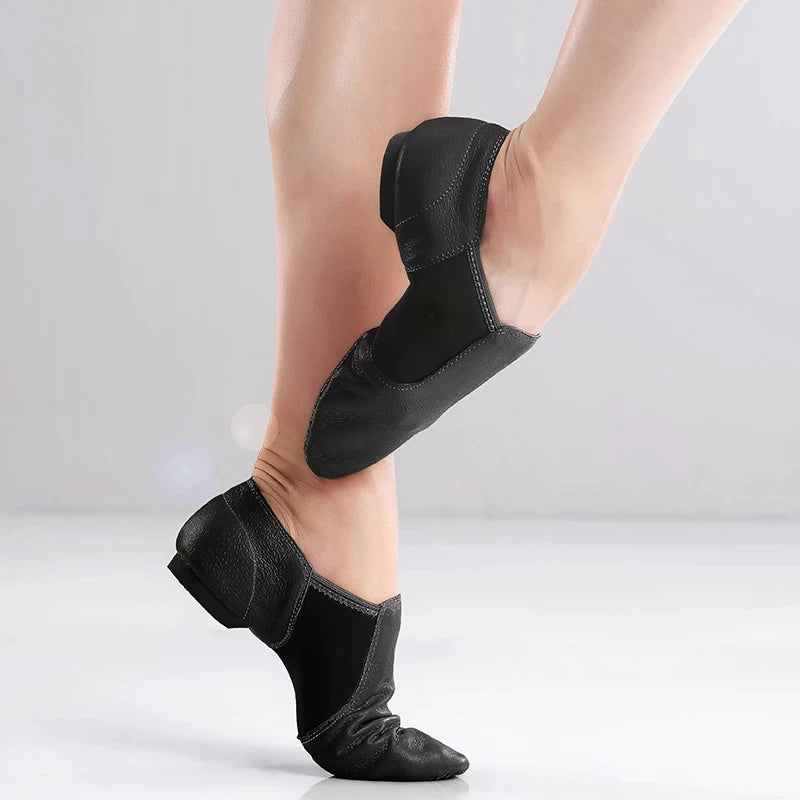 Footwear
Footwear
-
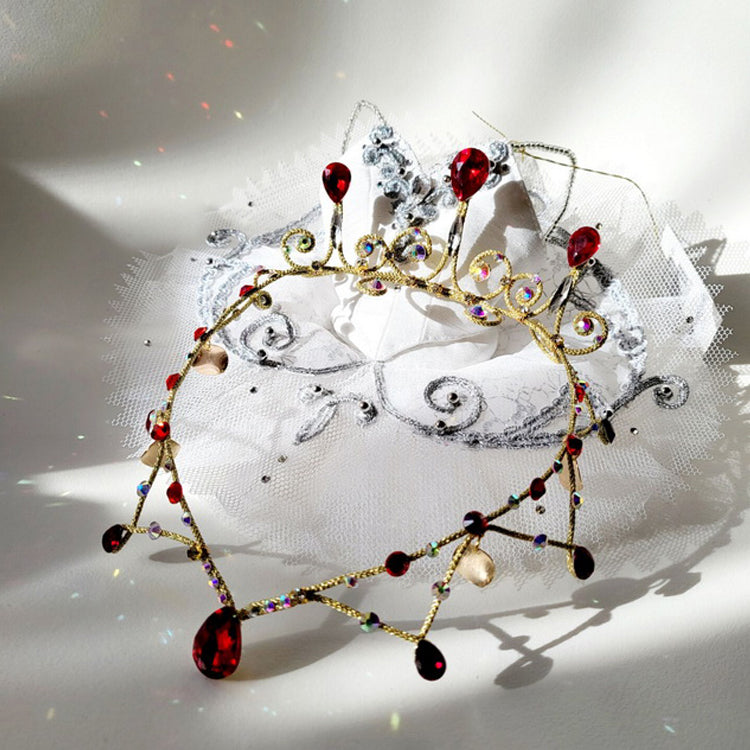 Accessories
Accessories
-
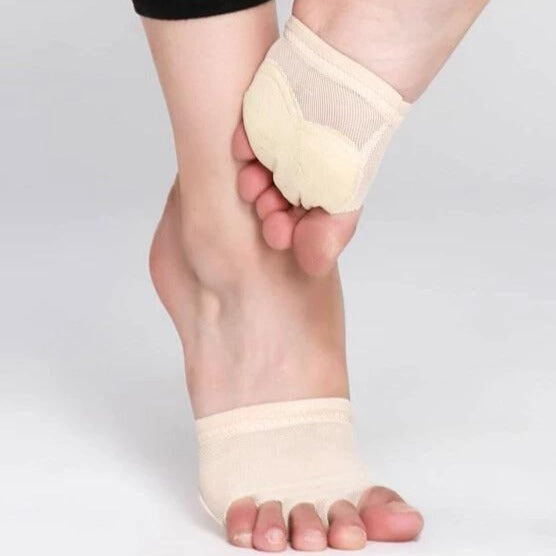 Dance Styles
Dance Styles
-
 Hair & Makeup
Hair & Makeup
- Hair & Makeup
- Go to Hair & Makeup
- Hair
-
 Makeup
Makeup
- Dance Hair Tips
-
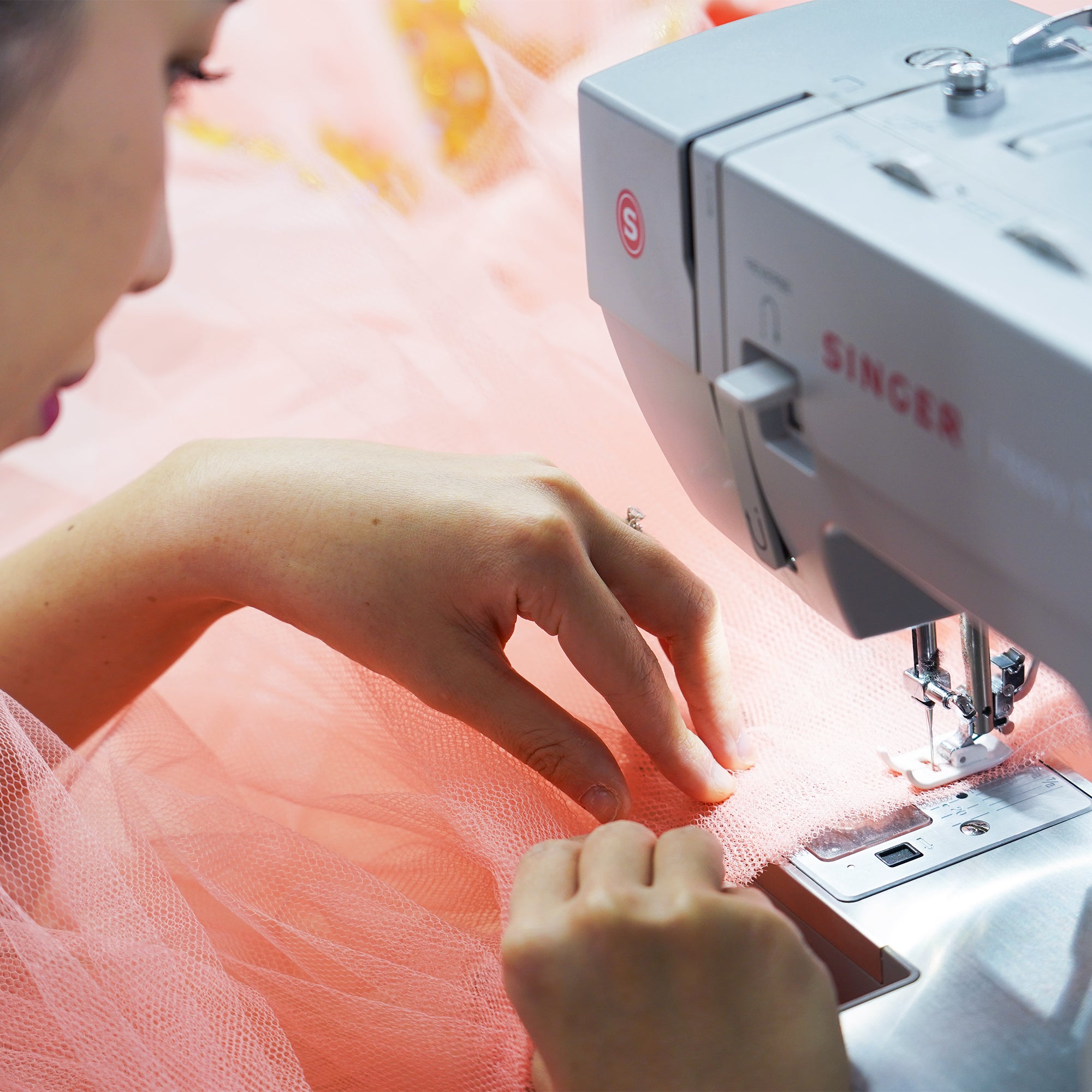 Tailoring
Tailoring
- Tailoring
- Go to Tailoring
-
 Tailoring Services
Tailoring Services
- Tailoring Services
- Go to Tailoring Services
- Our Tailoring Services
-
Designs Lookbook
- Designs Lookbook
- Go to Designs Lookbook
-
 Design Sketches
Design Sketches
- Design Sketches
- Go to Design Sketches
- All
- Tops
- Leotards
- Bottoms
- One Piece
- Ballet Tutus
- Sewing Class
-
DIY Accessories
- DIY Accessories
- Go to DIY Accessories
- Fabrics
- Rhinestoning
- Sewing Machines
- Sewing Accessories
-
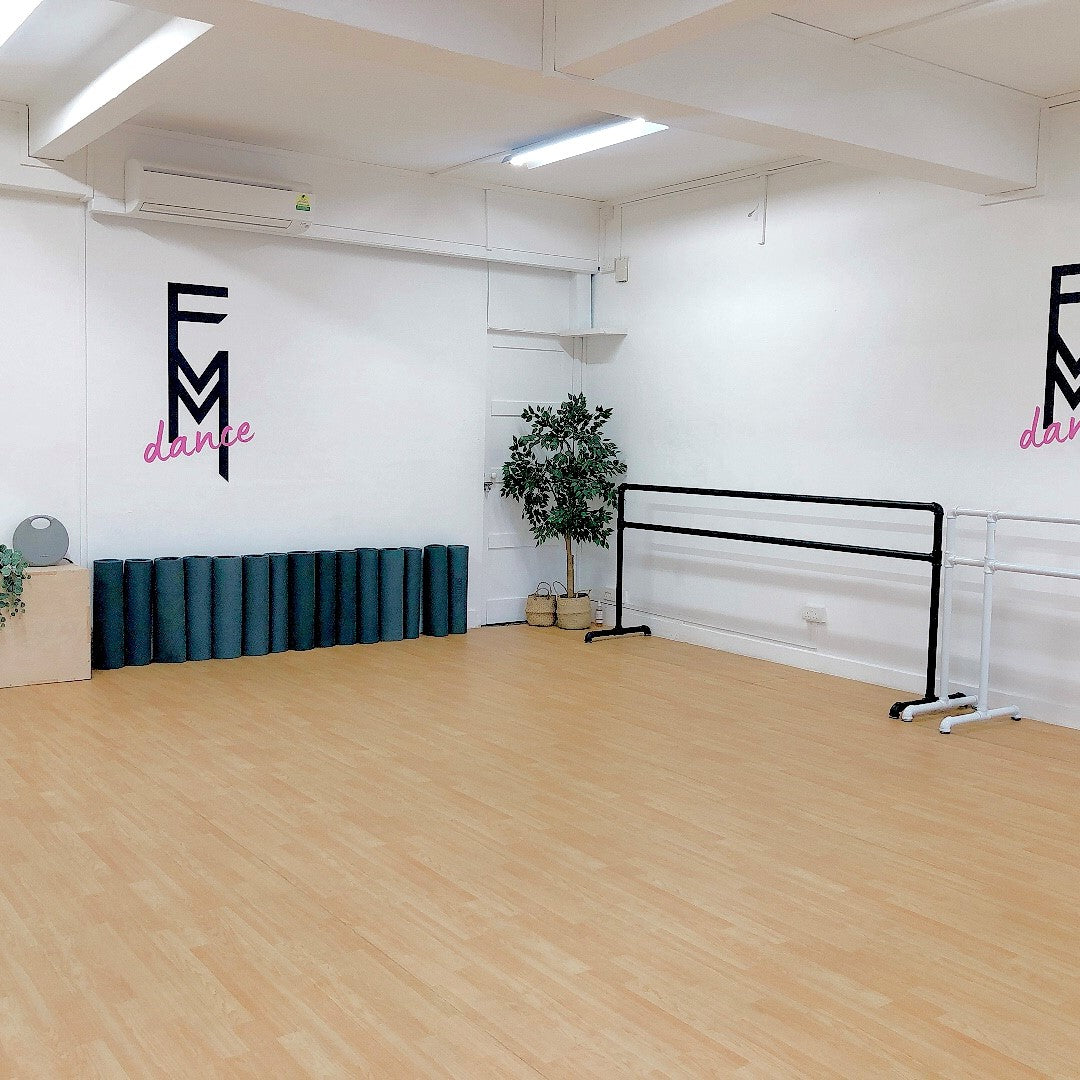 Rental
Rental
-
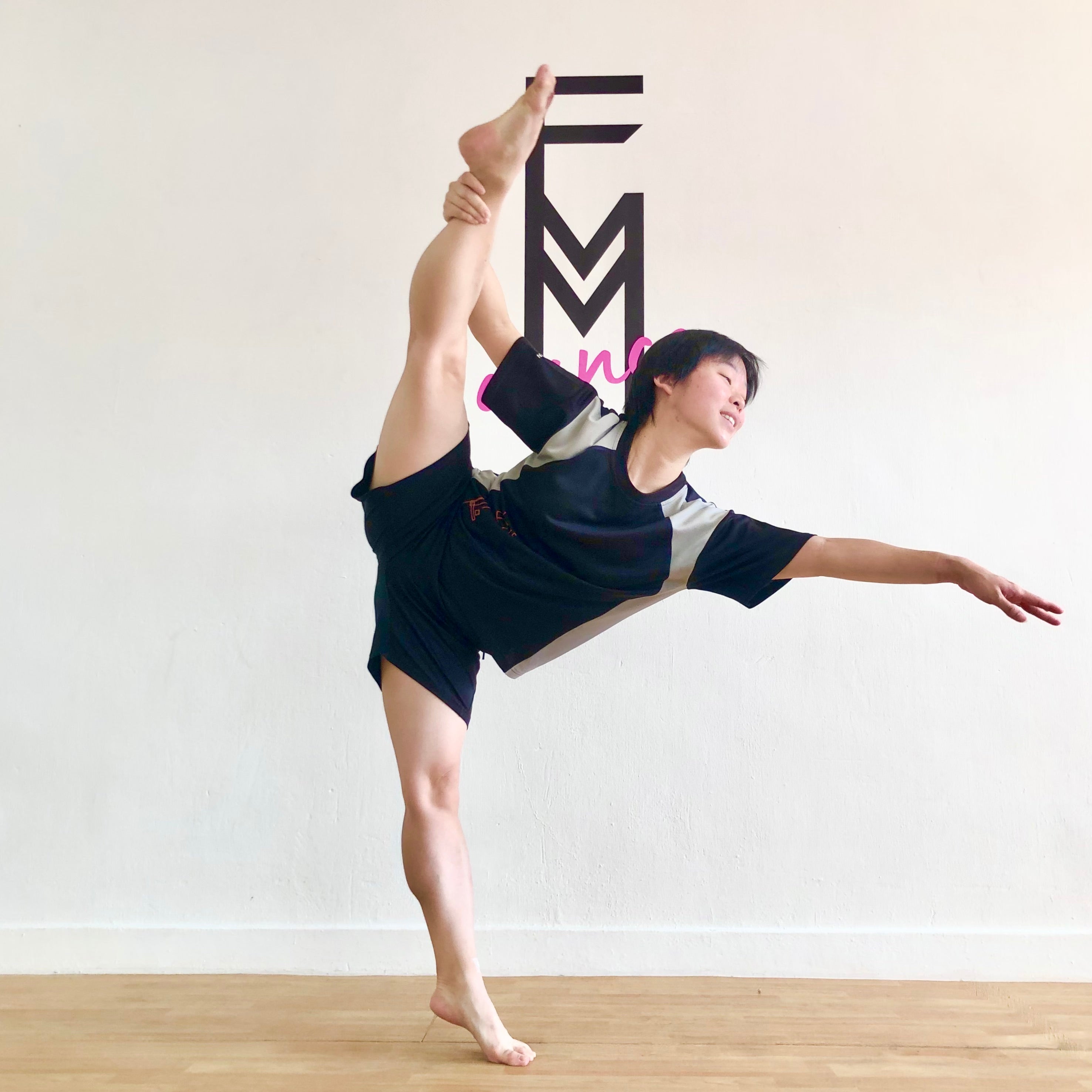 Classes
Classes
- Classes
- Go to Classes
-
About Our Studio
- About Our Studio
- Go to About Our Studio
- A Community Studio
- Instructors
-
Who Are Private Classes For?
- Who Are Private Classes For?
- Go to Who Are Private Classes For?
- Competition Dancers
- Complete Beginners
- Corporate Classes
- Solo Classes
- Group Classes
- Masterclasses
-
Pricing
- Pricing
- Go to Pricing
- Private Class Price
-
Private Class Booking
- Private Class Booking
- Go to Private Class Booking
- Private Class Booking
- Private Class Packages
-
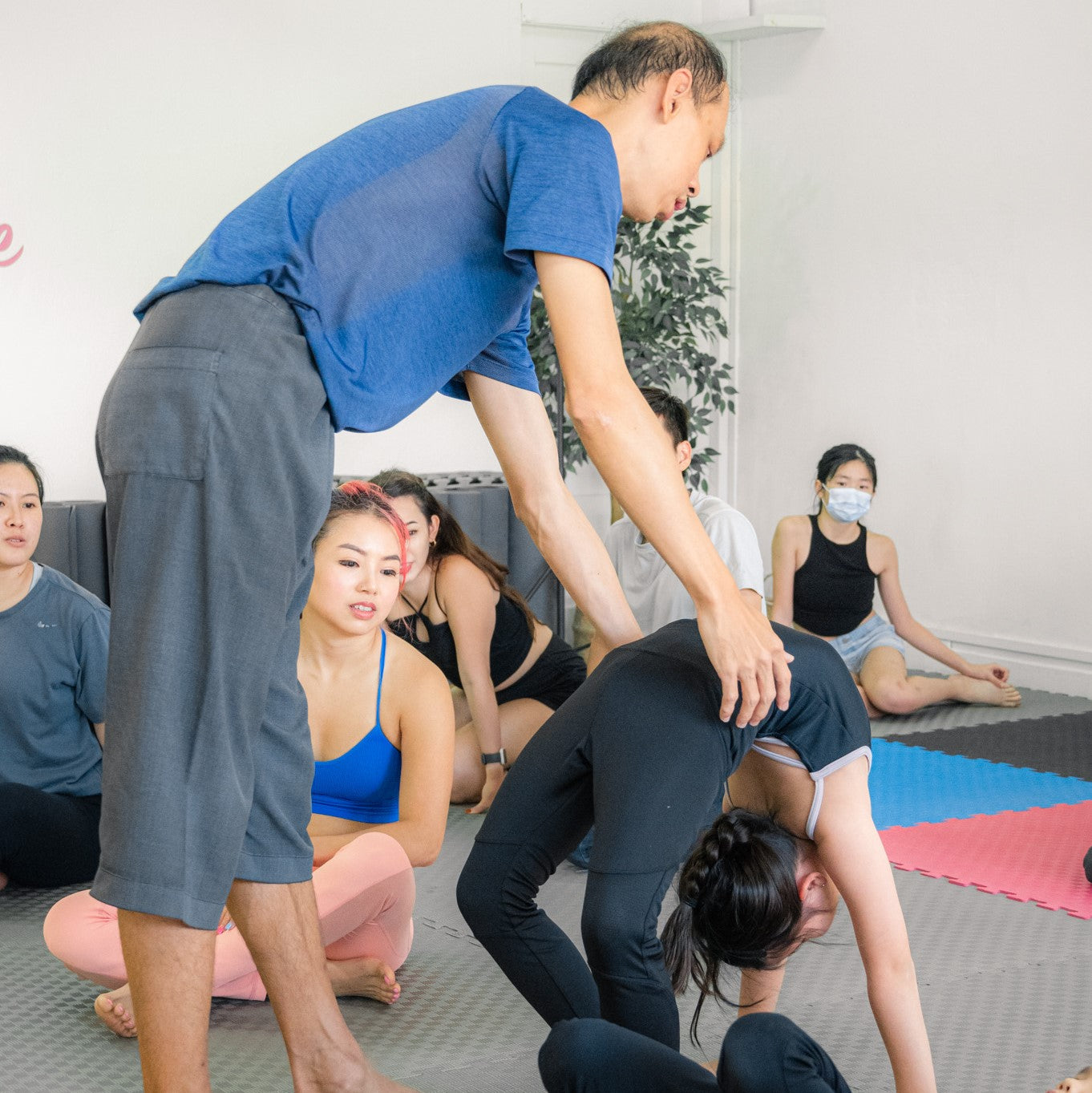 Dance Classes
Dance Classes
-
Fitness & Wellness
- Fitness & Wellness
- Go to Fitness & Wellness
-
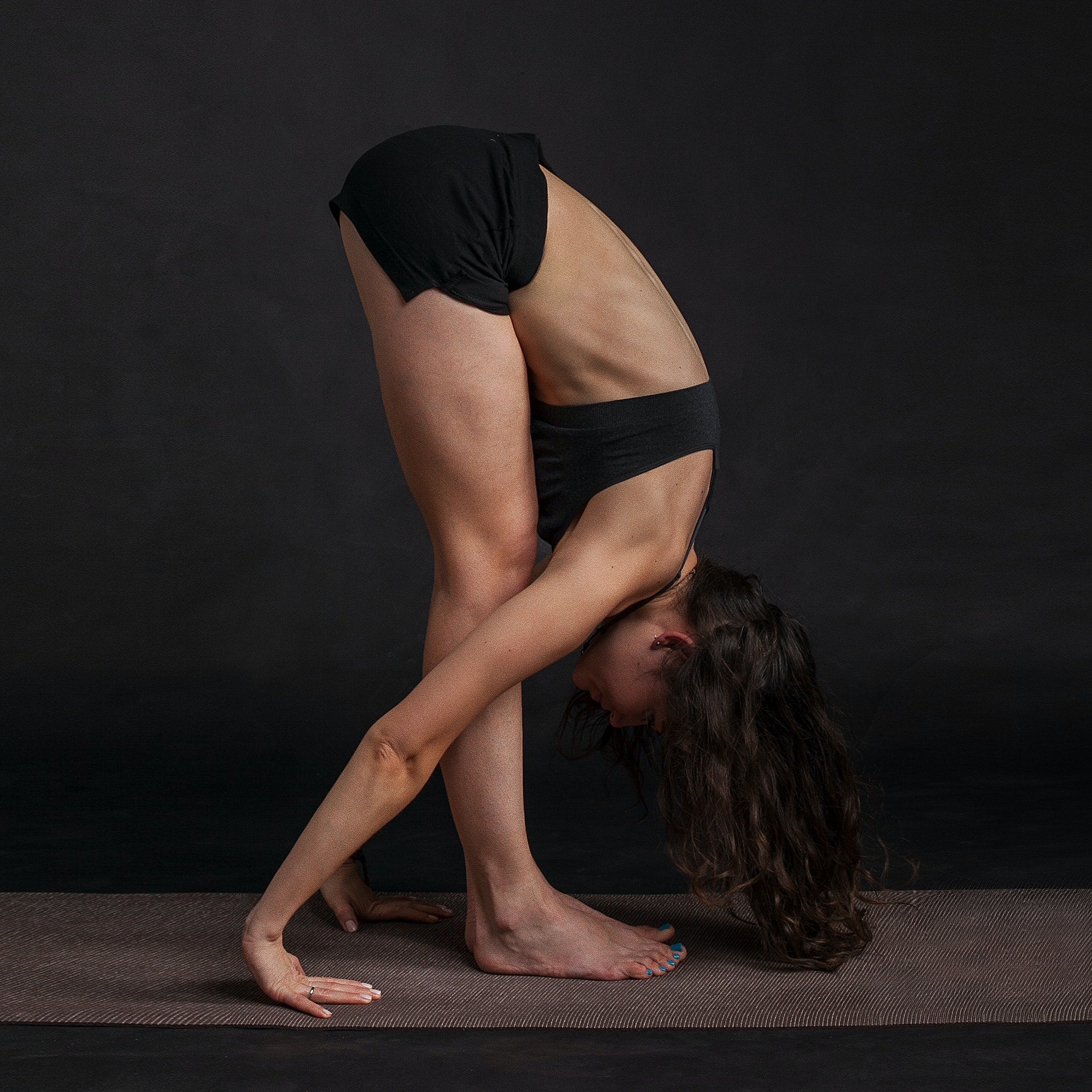 Yoga
Yoga
-
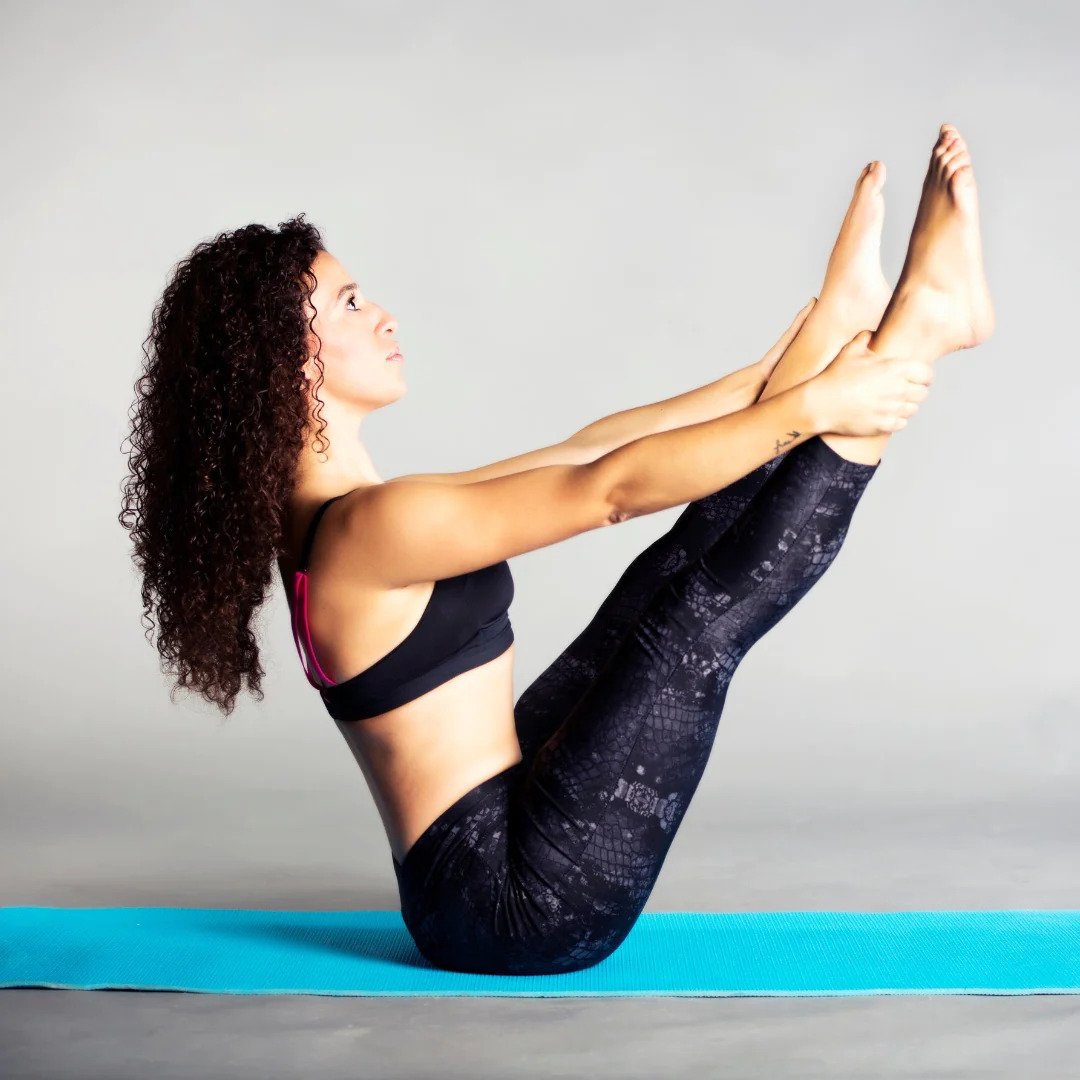 Pilates
Pilates
- Zumba
- Barre Fitness
-
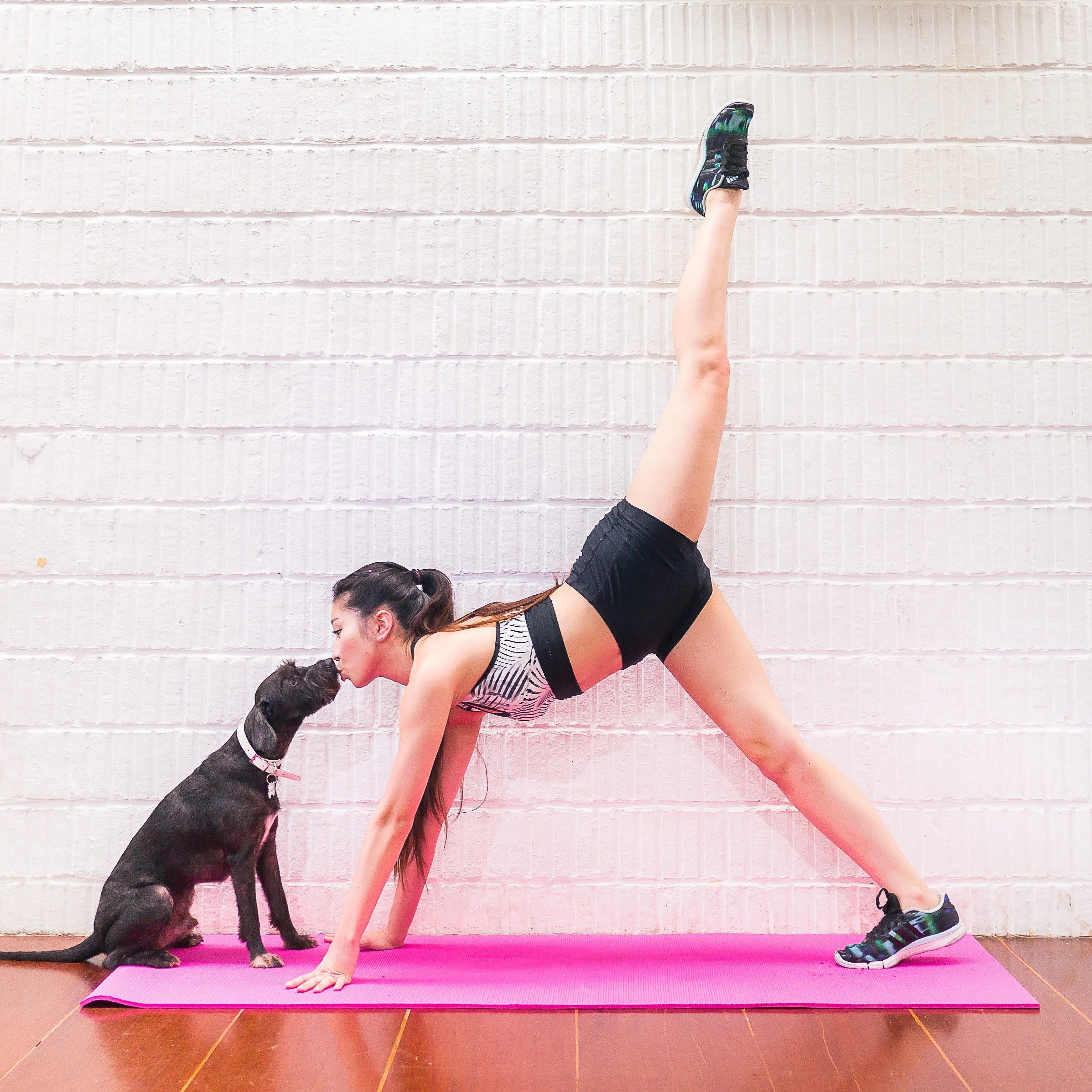 Stretch & Tone
Stretch & Tone
- Dance Therapy
- Sports Massage
- Class Videos
-
 Choreography Services
Choreography Services
- Choreography Services
- Go to Choreography Services
- DSA
- Events
- Wedding
- Auditions
- Performances
-
Online Dance Class
- Online Dance Class
- Go to Online Dance Class
- Online Private Dance Class
- Online Dance Courses
-
 Equipments
Equipments
- Equipments
- Go to Equipments
-
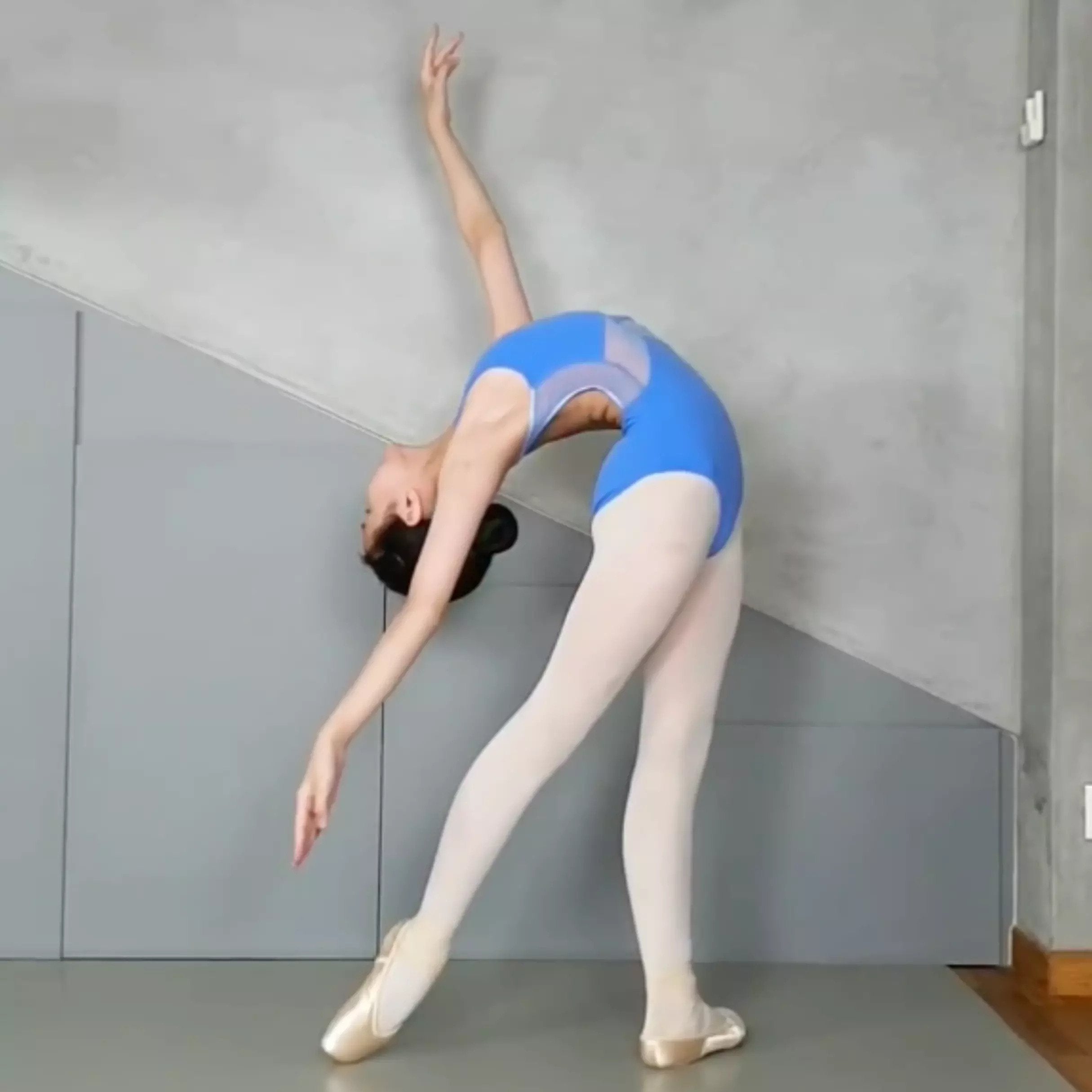 Marley Dance Mats
Marley Dance Mats
-
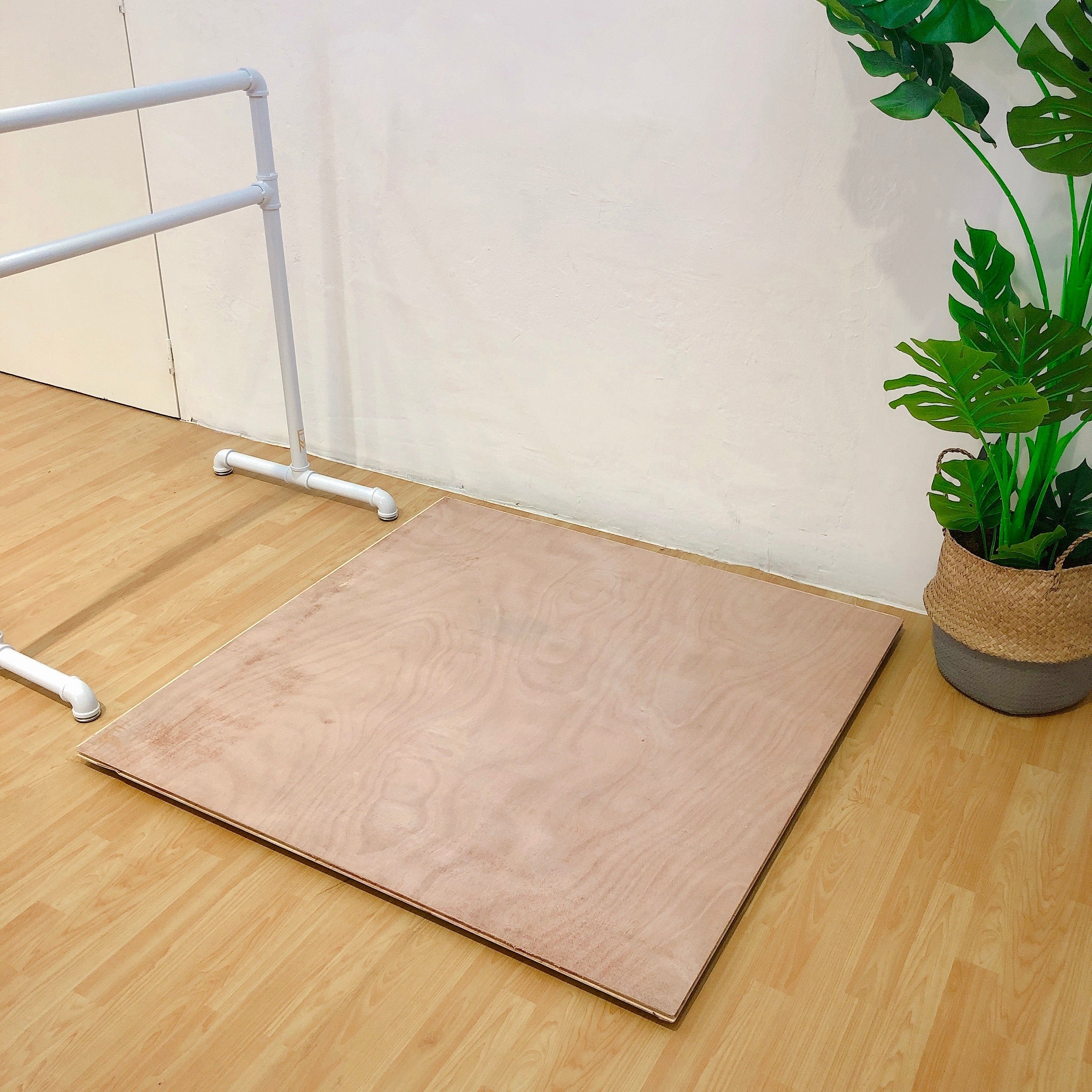 Sprung Dance Floor
Sprung Dance Floor
- Sprung Dance Floor
- Go to Sprung Dance Floor
- Limitless Sprung Floor
- Sprung Floor Installation
-
 Soundproof Mats
Soundproof Mats
- Soundproof Mats
- Go to Soundproof Mats
-
 Soundproof Mats
Soundproof Mats
- Soundproof Flooring Installation
-
 Ballet Barres
Ballet Barres
-
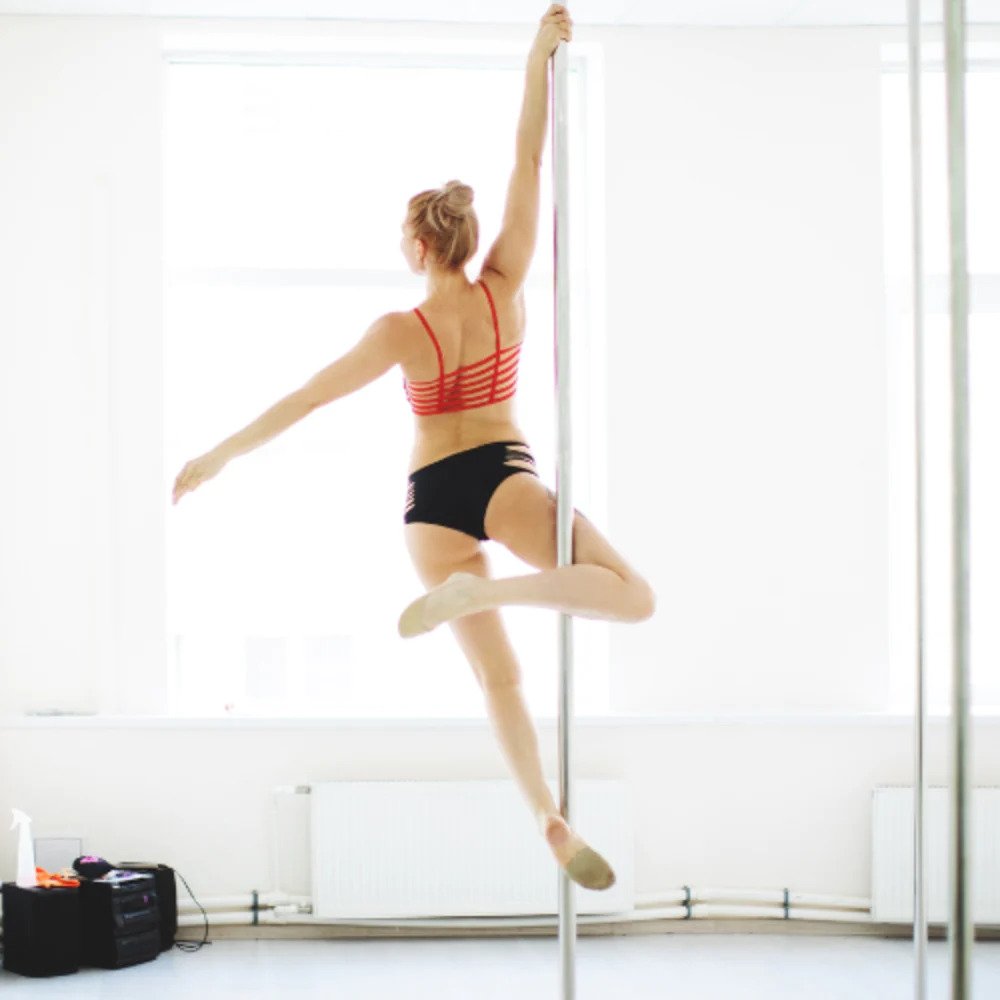 Dance Poles
Dance Poles
-
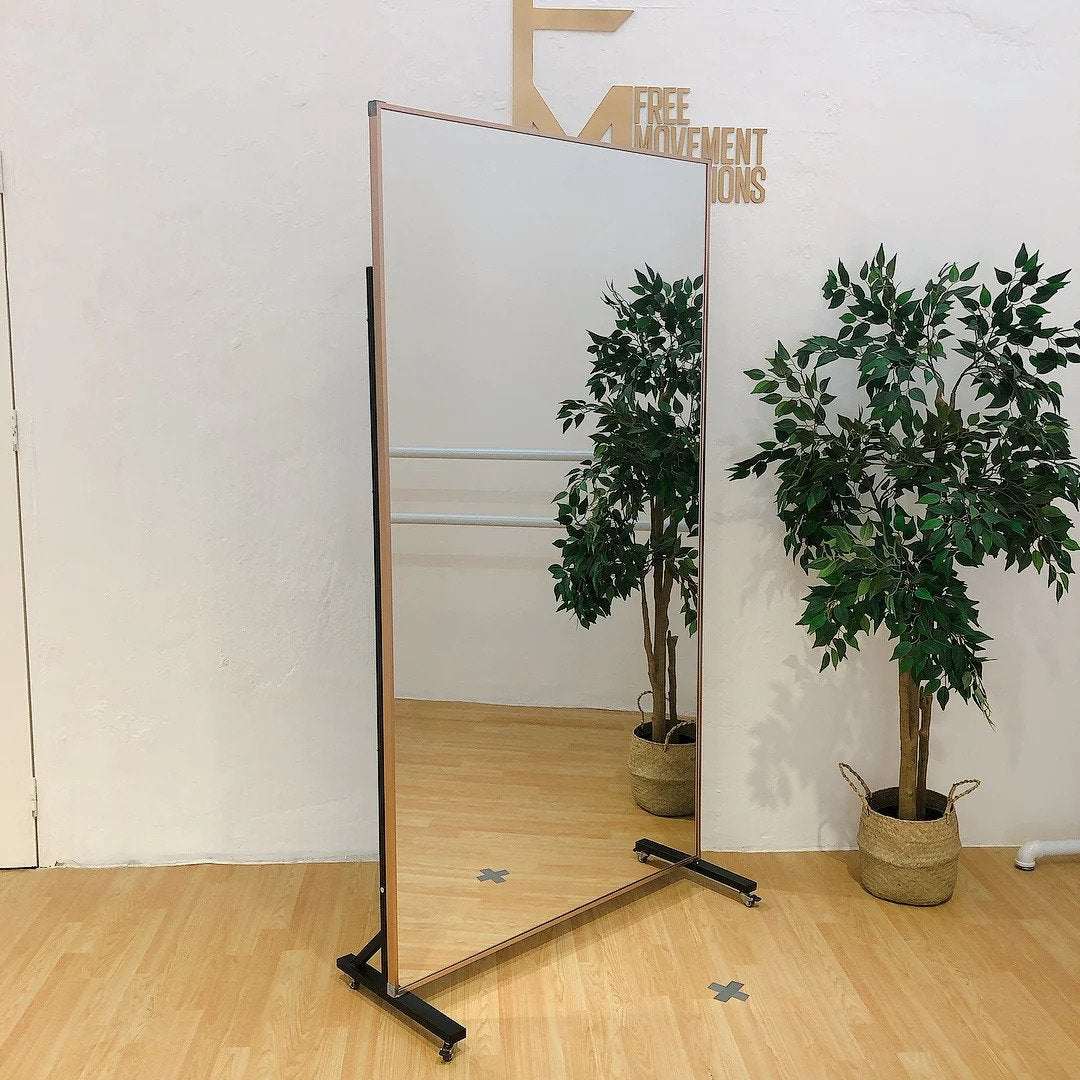 Shatterproof Mirrors
Shatterproof Mirrors
-
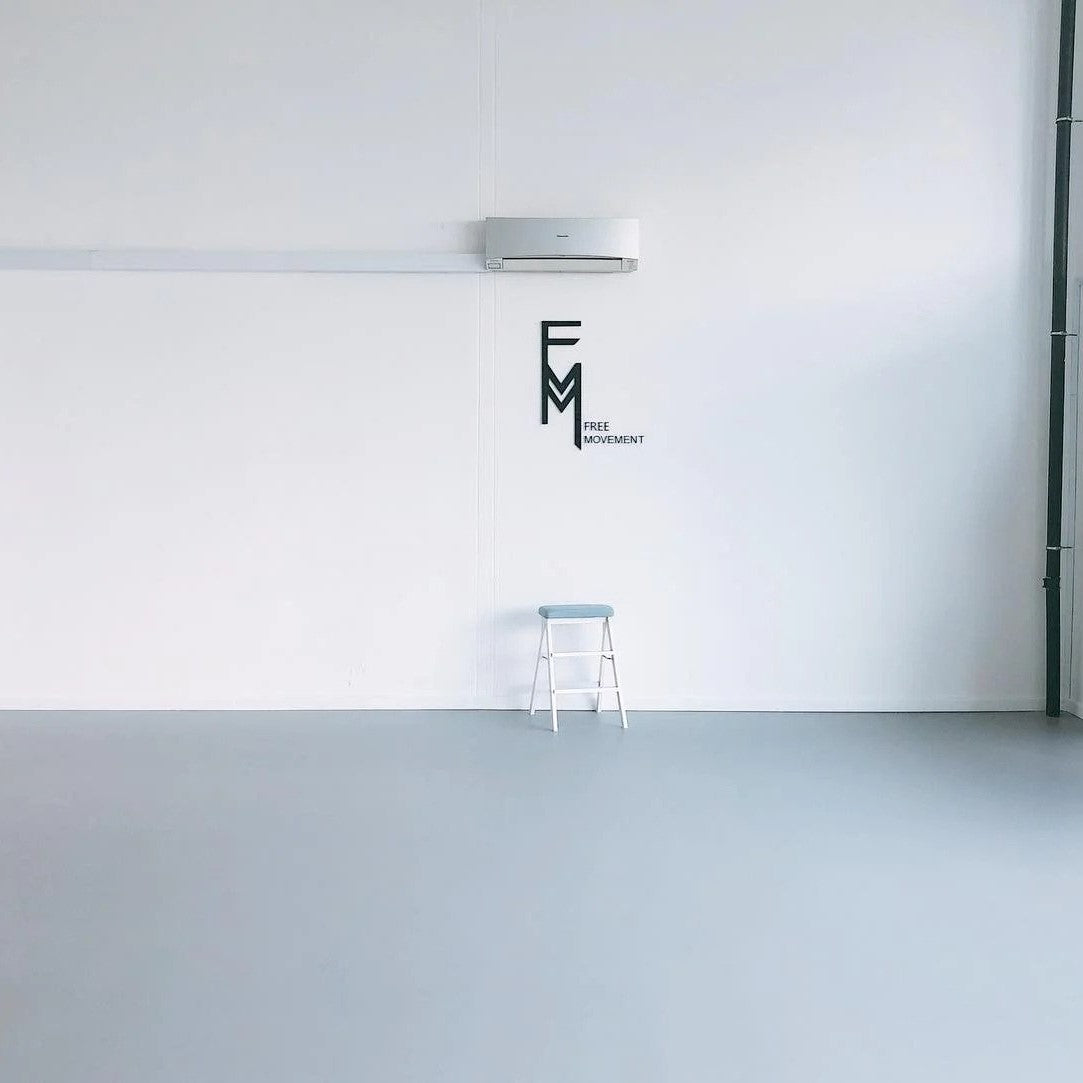 Dance Floor Rental
Dance Floor Rental
- Dance Floor Rental
- Go to Dance Floor Rental
- Marley Dance Mat Rental
- Installation
-
 Installation
Installation
-
 Charity
Charity
Ballroom Dance
The Art and Joy of Learning Ballroom Dance
Ballroom dance is a beautiful art form that has captivated audiences for centuries with its graceful movements, elegant style, and unique connection between dance partners. It's more than just a series of steps—it's a story told through movement. Whether you're interested in waltz, tango, cha-cha, or foxtrot, learning ballroom dance is an enriching experience that combines artistry, athleticism, and social interaction. Here's a comprehensive guide to ballroom dance, including its history, the learning process, and why it can be a fulfilling journey for dancers of all levels.
A Brief History of Ballroom Dance
The origins of ballroom dance can be traced back to the courts of Europe during the Renaissance and Baroque periods. Aristocrats danced in lavish ballrooms, and these early dances laid the groundwork for what would become modern ballroom dance. As these dances evolved, they became more accessible to the general public, spreading throughout Europe and later to America.
In the 19th century, ballroom dance became a popular form of entertainment, with dances like the waltz gaining popularity across Europe and the United States. The early 20th century saw the emergence of more modern styles like foxtrot, tango, and quickstep. With the advent of ballroom dance competitions in the mid-20th century, the style took on a more formal and competitive nature.
Fascinating Facts About Ballroom Dance
Ballroom dance is filled with interesting facts that add to its allure:
- Dance Sport: Competitive ballroom dance, also known as "Dance Sport," involves intense training and competitions at national and international levels. These competitions are judged on technique, style, and musicality.
- International Styles: There are two major categories in competitive ballroom dance: International Standard (which includes waltz, tango, foxtrot, quickstep, and Viennese waltz) and International Latin (featuring cha-cha, samba, rumba, paso doble, and jive).
- Dancing With the Stars: Shows like "Dancing With the Stars" and "Strictly Come Dancing" have helped popularize ballroom dance, making it accessible to a broader audience and inspiring many to take up dancing.
- Physical Benefits: Ballroom dance is a great workout. It improves cardiovascular health, builds muscle strength, and enhances flexibility and coordination.
The Learning Process
Learning ballroom dance involves a combination of group classes, private lessons, and practice sessions. Here's what to expect:
- Group Classes: Group classes offer a great way to learn in a social setting, allowing you to meet other dancers and practice in a relaxed environment. You can start with beginner classes and progress to more advanced levels as you improve.
- Private Lessons: For personalized instruction and focused attention, private lessons are invaluable. Whether you're a beginner looking to learn the basics or an experienced dancer seeking to refine your skills, private lessons provide tailored guidance to help you reach your dance goals.
- Practice Sessions: Regular self-practice is essential for improving your skills. Dance studios often also offer open practice sessions where you can apply what you've learned and gain more confidence on the dance floor.
The Benefits of Ballroom Dance
Learning ballroom dance offers a range of physical, mental, and social benefits:
- Physical Fitness: Ballroom dance is a fun way to stay active and improve cardiovascular health. The movements also build muscle strength, flexibility, and coordination.
- Mental Stimulation: Memorizing dance steps and coordinating with a partner require focus and cognitive engagement, which can improve memory and mental acuity.
- Social Interaction: Ballroom dance fosters connections with others, promoting teamwork, communication, and camaraderie. It's an excellent way to meet new people and build a supportive dance community.
- Emotional Expression: Dance is a form of artistic expression, allowing you to convey emotions and tell stories through movement. It can be a therapeutic outlet for stress and creativity.
Reaching Out for Private Lessons
If you're interested in learning ballroom dance, we'd love to help you get started. At Free Movement Dance Studio, we offer private lessons for dancers of all levels. Whether you're a complete beginner or a seasoned dancer looking to refine your skills, our experienced instructors are here to guide you. You can book a private class tailored to your specific needs and preferences.
To schedule a private lesson, simply reach out to us via phone, email, or our website. We'll work with you to find a convenient time and develop a personalized learning plan that aligns with your goals. Don't hesitate to contact us—we look forward to dancing with you!
Remember, ballroom dance is about enjoying the journey and connecting with others through movement. So put on your dance shoes, step onto the dance floor, and let the rhythm guide you. The world of ballroom dance is waiting for you!
- Choosing a selection results in a full page refresh.



























